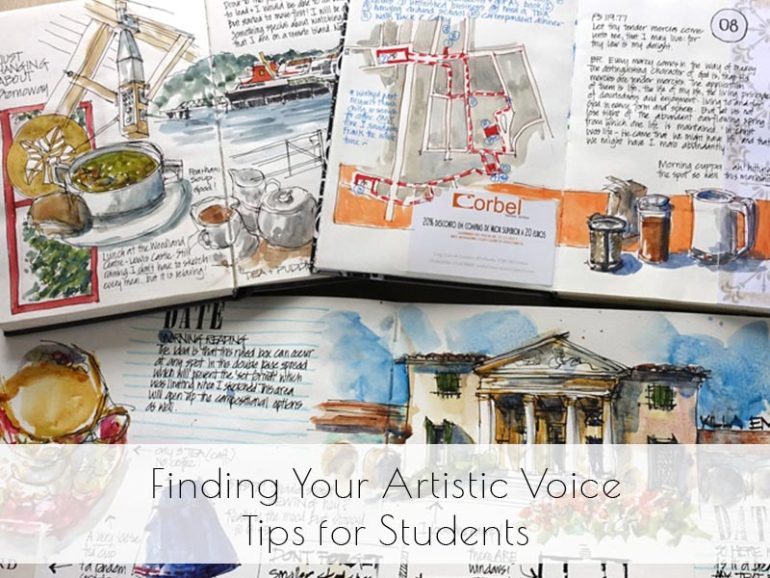Discovering your artistic voice is a crucial step in your journey as an artist. It involves finding a style that feels uniquely yours, reflecting your perspectives, emotions, and experiences. While it can be challenging, the process of developing a personal style is deeply rewarding and essential for artistic growth. This post will provide tips and techniques to help emerging artists find their artistic voice, along with advice from established artists.
Exercises to Discover Personal Style
Finding your artistic voice begins with exploration and self-discovery. Here are some exercises to help you uncover your unique style:
- Sketch Daily and Maintain a Visual Journal: Regular sketching helps you refine your skills and ideas. A visual journal can serve as a creative playground where you can experiment freely and document your artistic journey.
- Explore Different Mediums and Techniques: Trying out various mediums such as charcoal, watercolor, digital art, or sculpture can open new avenues of expression. Each medium offers unique possibilities that can influence your style.
- Study Various Art Styles and Incorporate Elements That Resonate: Analyze works from different art movements and contemporary artists. Identify elements that appeal to you, such as color schemes, brushwork, or composition techniques, and incorporate them into your own work.
- Self-Portrait Projects: Creating self-portraits allows you to explore your identity and express personal narratives. It’s a powerful exercise to delve into introspection and convey emotions through art.
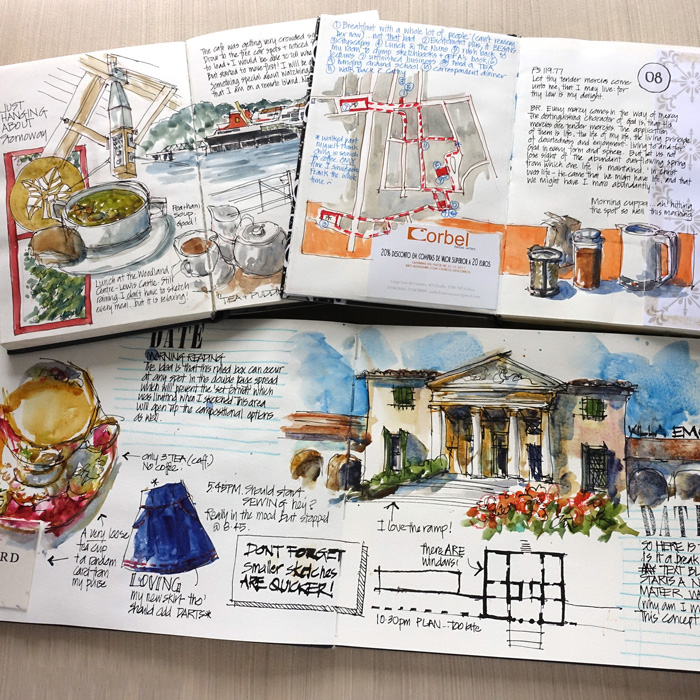
Importance of Experimentation and Continuous Learning
A key aspect of finding your artistic voice is maintaining a mindset of curiosity and continuous learning. Here’s how to cultivate this mindset:
- Encourage Experimentation: Don’t be afraid to try new techniques, tools, and styles. Experimentation can lead to unexpected discoveries and innovations in your art.
- Embrace Mistakes and Learn from Them: View mistakes as learning opportunities rather than setbacks. Each error teaches you something valuable about your process and preferences.
- Participate in Workshops and Classes: Engaging in workshops, art classes, and online courses can expose you to new methods and ideas. Learning from different instructors can provide diverse perspectives and enhance your skills.
- Stay Informed and Inspired: Follow art blogs, attend exhibitions, and read about artists and art history. Staying informed keeps you inspired and connected to the broader art community.
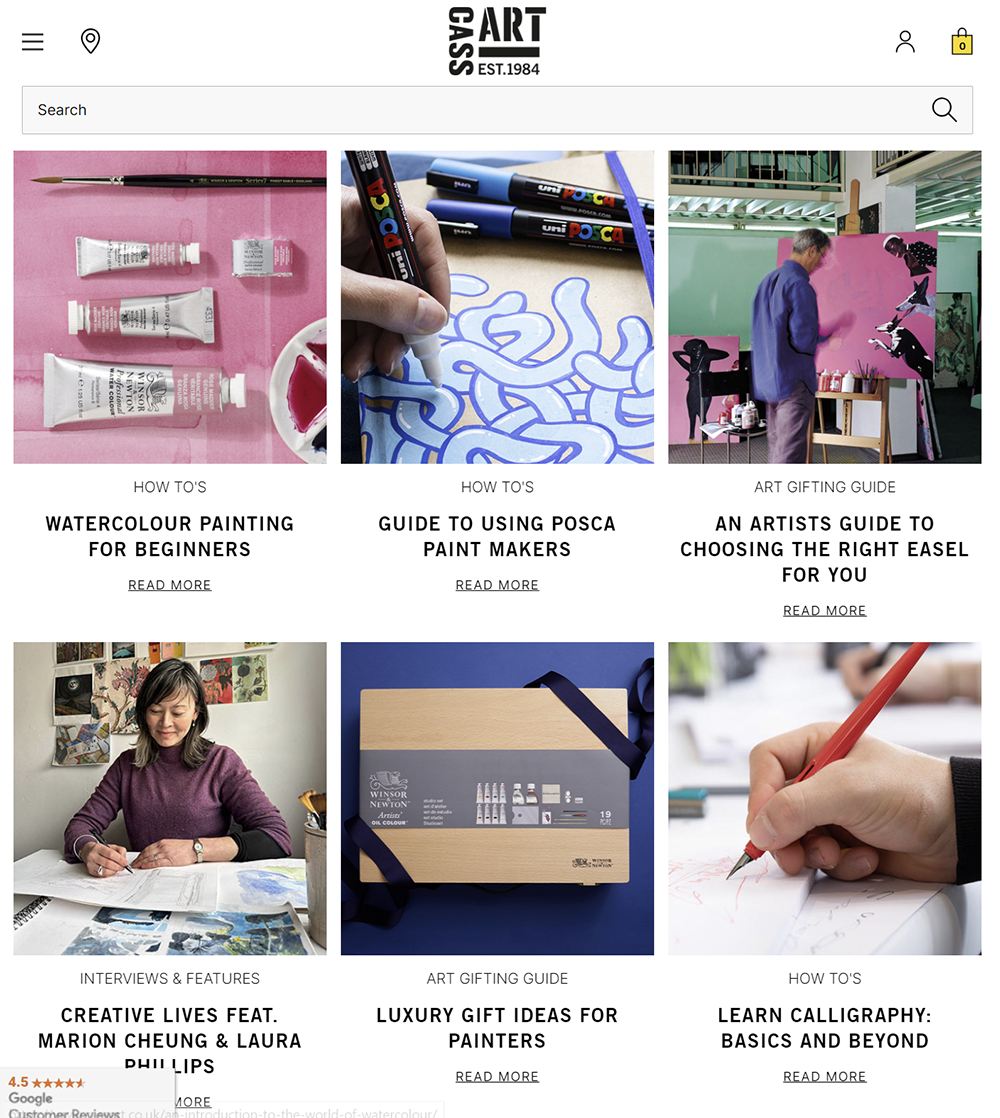
Advice from Established Artists
Hearing from established artists can provide valuable insights and inspiration. Here are some tips from renowned artists on developing a unique artistic voice:
- Frida Kahlo on Embracing Personal Experiences: Kahlo’s work is deeply autobiographical, reflecting her physical and emotional struggles. She teaches us the importance of drawing from personal experiences to create authentic and powerful art.
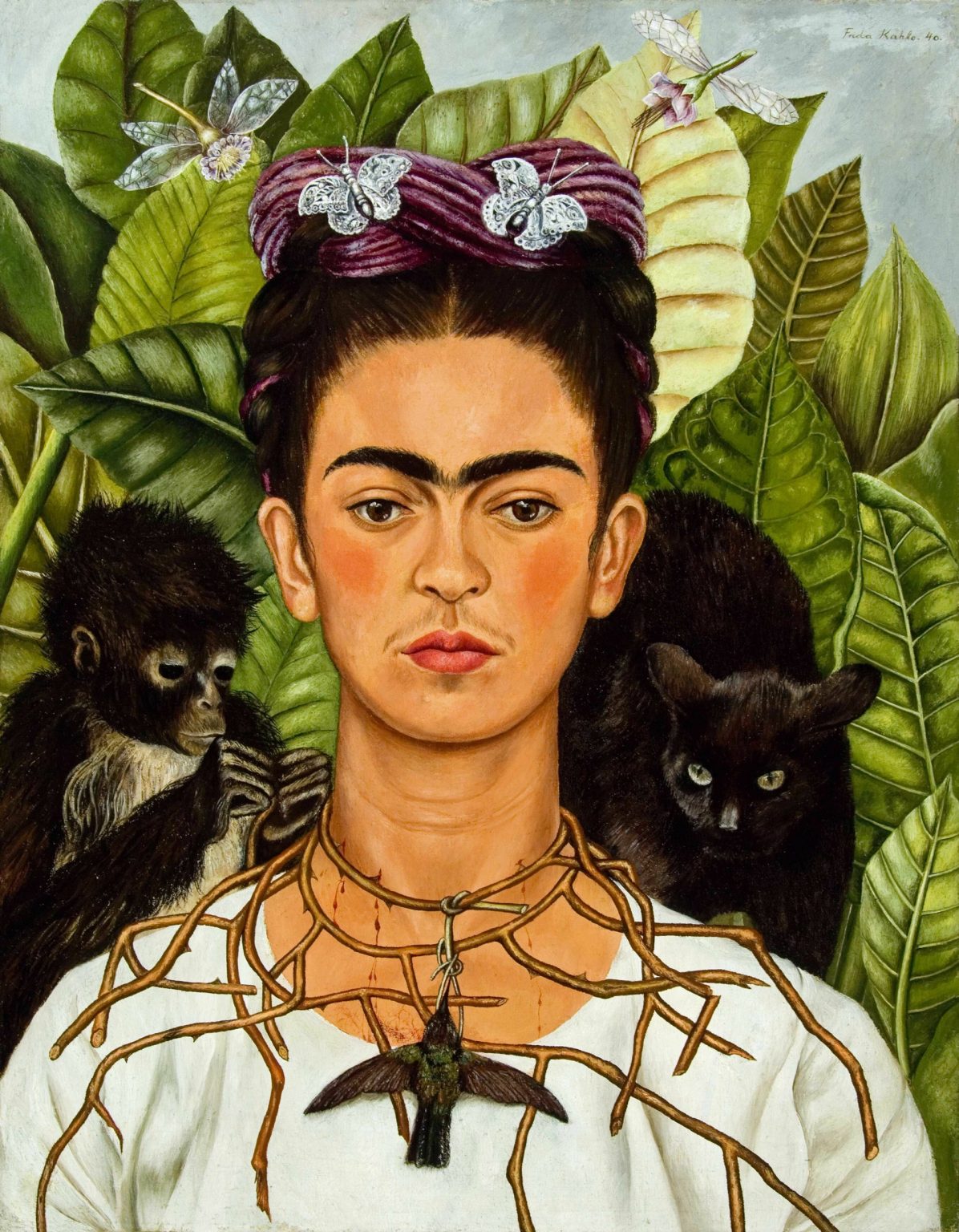
- Pablo Picasso on the Importance of Originality: Picasso constantly reinvented his style throughout his career, from his Blue Period to Cubism. He emphasized the value of originality and the courage to break away from conventions.
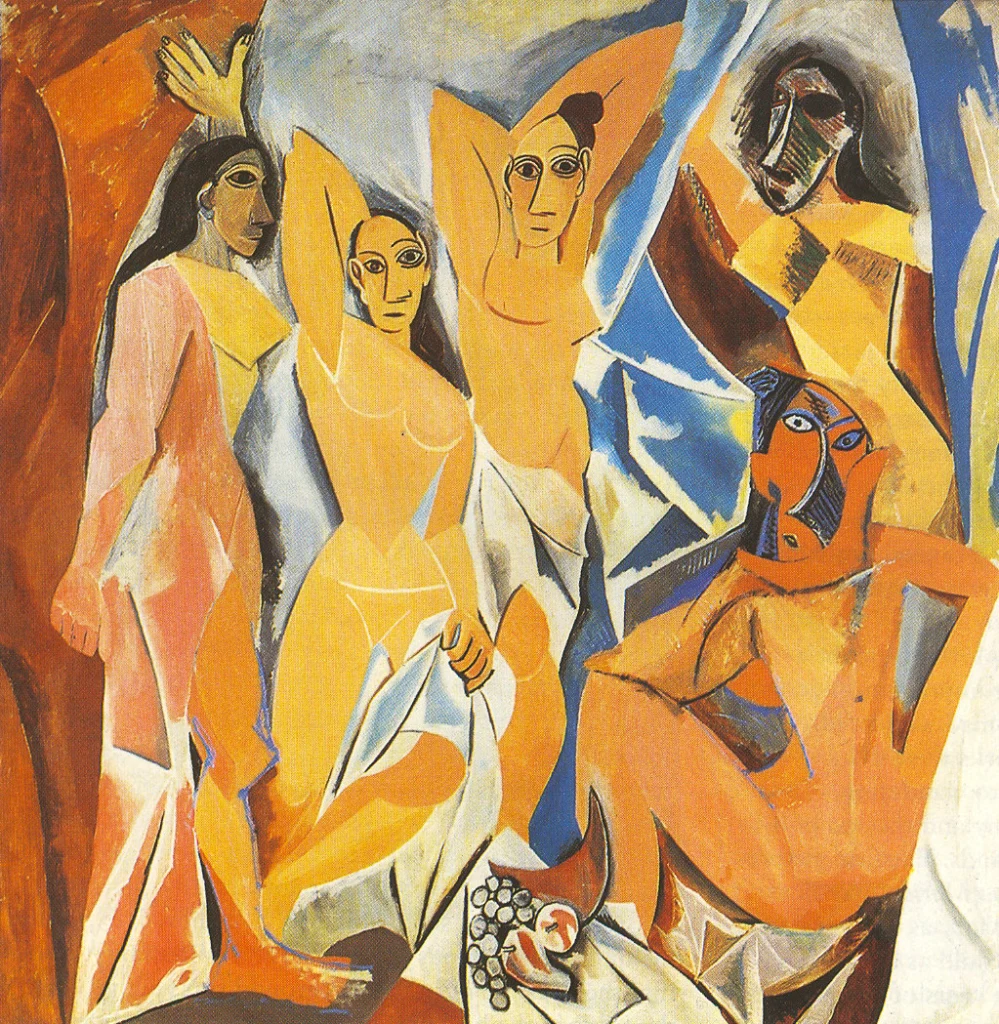
- Georgia O’Keeffe on Focusing on What Truly Inspires You: O’Keeffe’s art is known for its distinct style and subject matter, often inspired by nature. She advised artists to focus on what genuinely fascinates and inspires them, creating work that is true to their vision.
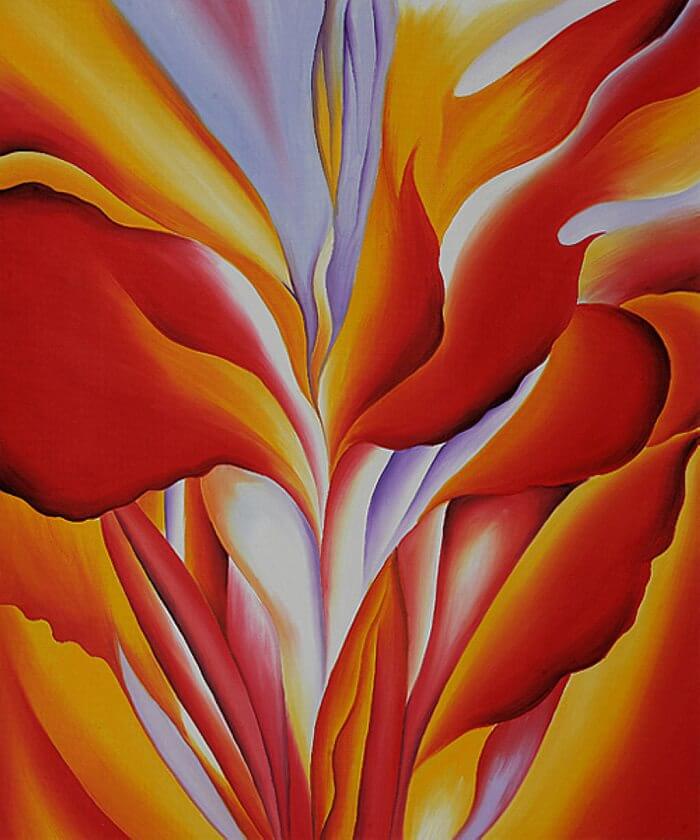
Contemporary artists also offer practical advice for emerging artists:
- Networking and Seeking Feedback: Building connections with other artists and seeking constructive feedback can help you grow. Join art communities, participate in group exhibitions, and engage with mentors.
- Staying True to Oneself While Being Open to Influences: While it’s important to develop a personal style, being open to external influences and inspirations can enrich your work. Balance staying true to your voice with exploring new ideas and techniques.
Finding your artistic voice is a journey that involves exploration, experimentation, and continuous learning. By engaging in creative exercises, embracing curiosity, and seeking advice from established artists, you can develop a style that is uniquely yours. Remember, the process of finding your voice is ongoing and evolves with your experiences and growth as an artist. Keep exploring, stay inspired, and enjoy the journey of artistic discovery.
If you would like to receive a roundup of all of our blog posts once a week to keep you inspired in your inbox, why not sign up to our newsletter. You can access our sign up at the top of our page. If you are a London Art College student and you would like your artwork featured here, drop us a line at any time.

